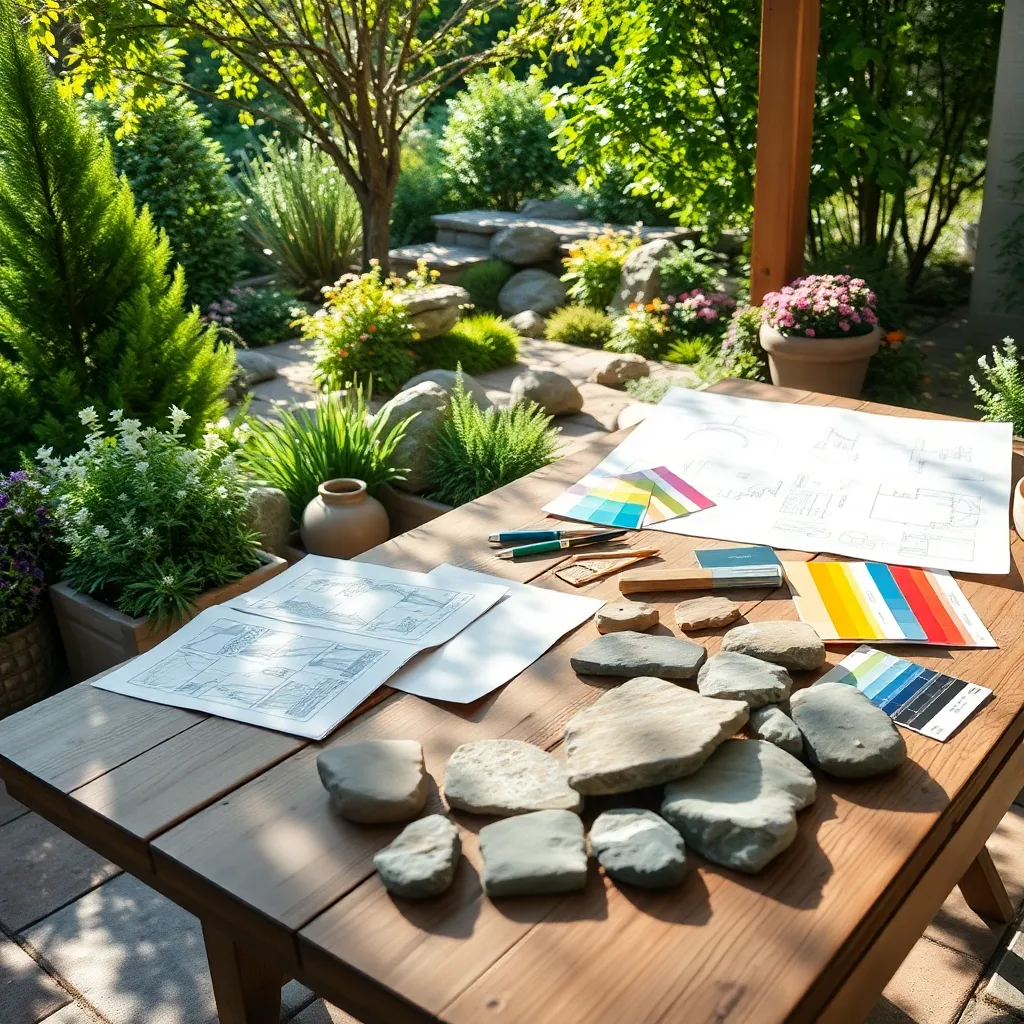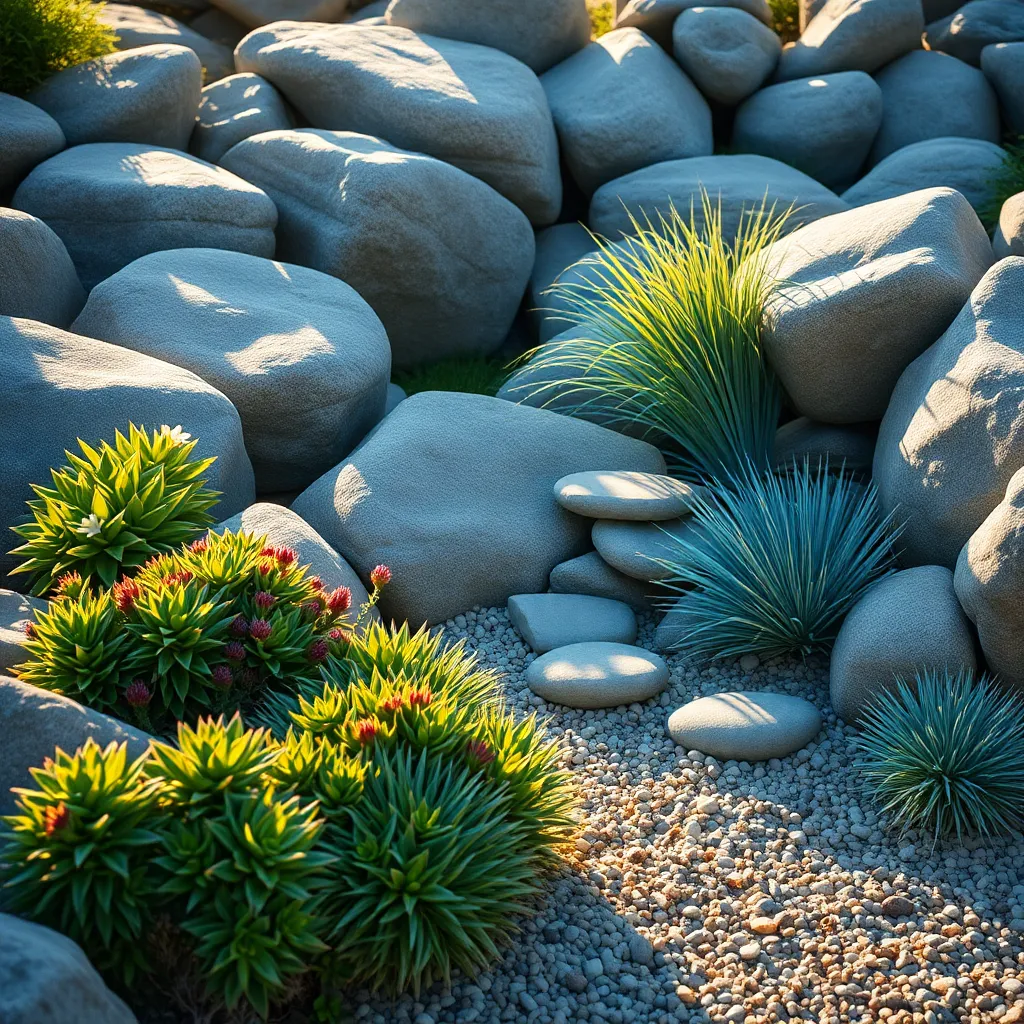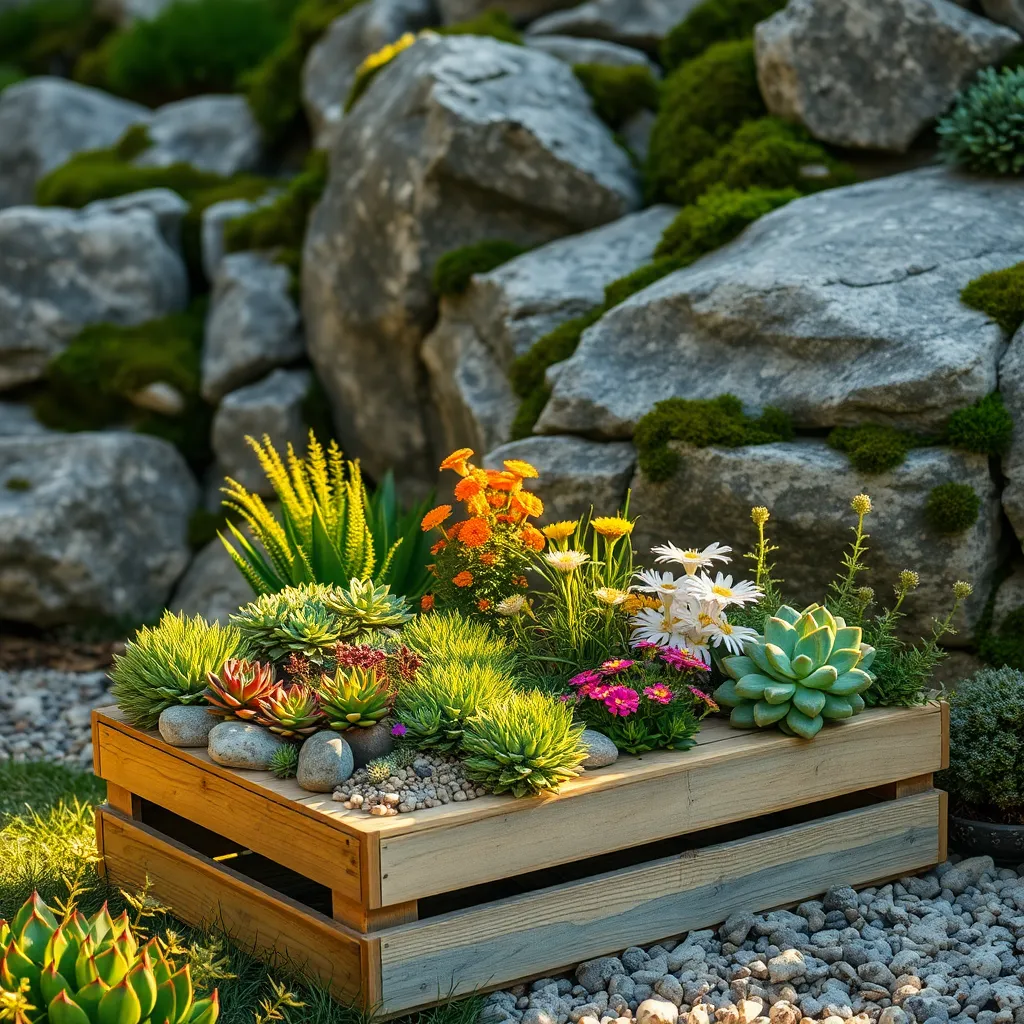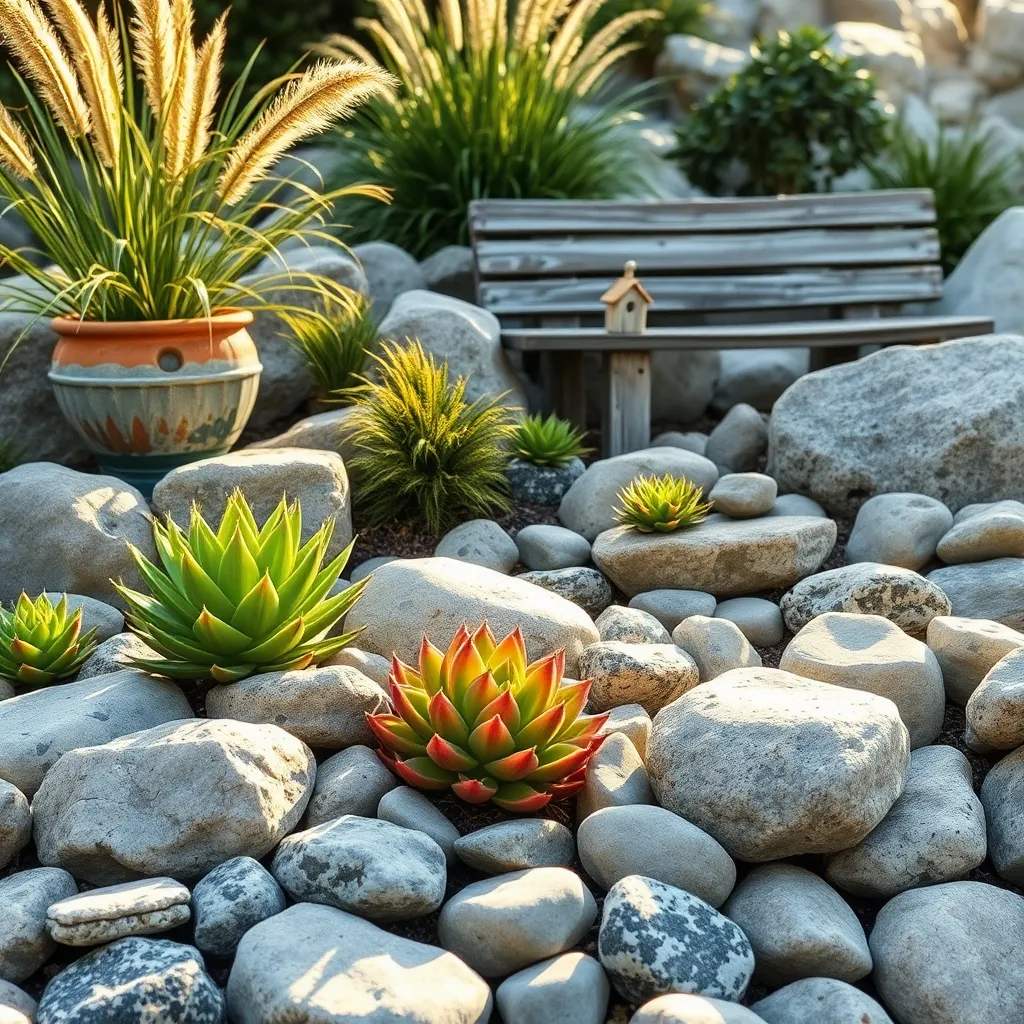Imagine stepping into your garden and feeling as if you’ve entered a serene, natural landscape where art meets nature—a rock garden can transform this vision into reality. Whether you’re a green-thumbed novice or a seasoned horticulturist, creating a rock garden offers a unique blend of creativity and sustainability, turning ordinary outdoor spaces into stunning, low-maintenance sanctuaries.
Rock gardens are more than just a visual delight; they are an eco-friendly option that supports biodiversity by providing habitats for various plants and creatures. In this article, we will explore six common mistakes to avoid when crafting your rock garden, ensuring your efforts are both rewarding and successful. By understanding these pitfalls, you’ll learn how to select the right rocks and plants, design with purpose, and create a harmonious balance that mimics nature’s grandeur.
As you embark on this exciting gardening journey, you’ll gain practical insights into integrating rock gardens seamlessly into your existing landscape. From choosing the perfect location to understanding soil conditions, this guide will empower you with the knowledge to make informed decisions. Let’s dive into the world of rock gardens—a space where elegance and nature converge, and where your garden can become a true masterpiece.
Choosing the Ideal Rock Types

The selection of rocks can significantly impact the aesthetics and functionality of your rock garden. Granite, limestone, and sandstone are popular choices due to their durability and natural beauty.
Granite is an excellent choice for those seeking a low-maintenance option, as it is highly resistant to weathering. Its dense structure and varied color options make it ideal for creating visual interest and contrast.
Limestone, on the other hand, offers a softer, more weathered appearance that can complement a wide range of plantings. It can also help to increase alkalinity in the soil, which benefits plants like lavender and clematis.
For a rustic look, consider using sandstone, which weathers beautifully and blends seamlessly into natural landscapes. Ensure proper drainage around sandstone to prevent water retention, which can lead to algae growth and rock deterioration.
Planning Your Garden Layout

Designing your rock garden layout is a rewarding step that combines creativity with practicality. Start by mapping out your garden space on paper, sketching where each rock and plant will go to visualize your design.
Consider the sun and shade patterns in your garden when planning the layout. Place sun-loving plants, such as sedums and ice plants, in areas that receive plenty of sunlight.
To create a natural look, use a variety of rock sizes and shapes, arranging them in clusters to mimic natural formations. Ensure that larger rocks are partially buried in soil to stabilize them and enhance their natural appearance.
Incorporate pathways using smaller stones or gravel to allow easy access for maintenance and enjoyment. Use mulch or gravel around plants to retain moisture and suppress weeds, ensuring healthier growth.
Ensuring Proper Drainage Solutions

Ensuring proper drainage is crucial for a successful rock garden, as it prevents water from pooling around your plants’ roots. To achieve this, start by selecting a well-draining soil mix, such as a combination of coarse sand, small gravel, and organic matter like compost.
When constructing your rock garden, consider elevating the planting areas slightly to promote water runoff. This can be done by building up the soil beneath your rocks or creating small mounds where plants can be nestled, helping to prevent root rot.
If you’re working with a clay-heavy soil, which tends to retain water, consider incorporating amendments. Mixing in perlite or expanded shale can significantly improve drainage and aeration, providing a healthier environment for your plants.
For gardeners in particularly rainy regions, installing a simple drainage system can be beneficial. A French drain, which consists of a trench filled with gravel and a perforated pipe, can effectively channel excess water away from your garden.
Selecting Suitable Plant Varieties

When selecting suitable plant varieties for your rock garden, consider plants that thrive in well-drained, rocky soil conditions. Succulents, alpine plants, and certain perennials are excellent choices because they are adapted to such environments.
Start by identifying plants that are native to your region, as they will be more likely to succeed. Native plants are often more resilient to local pests and climate fluctuations, making them a practical choice for beginners.
For a rock garden, choose plants with varying heights, textures, and colors to create visual interest. Consider using low-growing groundcovers like creeping thyme or sedum to fill in spaces between larger rocks or stones.
Advanced gardeners might experiment with incorporating small shrubs or dwarf conifers for added structure and height. These plants can provide year-round interest and serve as focal points within the garden.
- Ensure your plant selections can tolerate full sun, as most rock gardens are situated in sunny locations.
- Check each plant’s water requirements and group them accordingly to streamline your watering routine.
- Utilize a balanced, slow-release fertilizer to support the growth of your rock garden plants, particularly during the growing season.
Incorporating Decorative Elements

To enhance the beauty of your rock garden, consider incorporating decorative elements like natural stones and sculptures. These additions can create focal points and provide a sense of cohesion among the various plantings.
Strategically placed stones can mimic natural landscapes and offer both aesthetic and functional benefits. Consider using different sizes and textures to add depth and interest to your garden design.
Water features, such as small fountains or ponds, can introduce a tranquil atmosphere to your rock garden. They not only provide a serene environment but also support biodiversity by attracting birds and beneficial insects.
If you’re looking to add some personal flair, incorporate garden art or ornaments that reflect your style. Ensure these elements are weather-resistant and harmonize with the natural environment you’ve created.
Maintaining Your Rock Garden

Maintaining your rock garden is essential to ensure it stays beautiful and thriving. Begin by regularly inspecting your plants and rocks to prevent any unwanted growth or debris accumulation.
Watering is a crucial aspect of rock garden maintenance, but it’s important to avoid over-watering. Most rock garden plants prefer well-draining soil, so water them sparingly, keeping in mind the specific needs of each species.
Weeding should be done frequently, as weeds can quickly overtake your garden if left unchecked. Use a hand trowel or a weeding tool to gently remove weeds, ensuring you don’t disturb the plant roots.
For those with experience, consider adding a layer of mulch to help retain soil moisture and suppress weeds. Choose a natural mulch that complements the aesthetic of your rock garden, such as small stones or gravel.
Conclusion: Growing Success with These Plants
As we journey through the six key concepts for cultivating a thriving relationship, akin to crafting a rock garden, we emphasize understanding your partner’s unique landscape, prioritizing communication, nurturing shared interests, maintaining balance, fostering growth, and appreciating the beauty in imperfections. These foundational principles are designed to help you build a resilient and blossoming relationship.
To take immediate action, consider starting with a simple yet meaningful conversation with your partner today. Discuss one new shared interest you could explore together, fostering deeper connection and mutual growth. This small step can be the beginning of a more harmonious and fulfilling partnership.
Remember, relationships are like rock gardens—they require ongoing care and attention. Bookmark this article as a resource to revisit these concepts, ensuring you have a roadmap to guide you through the ebbs and flows of your relationship journey.
Looking ahead, your commitment to understanding and nurturing your relationship sets the stage for enduring success and happiness. Embrace the process with warmth and patience, and watch your relationship flourish into a beautiful, enduring garden of love and connection.







